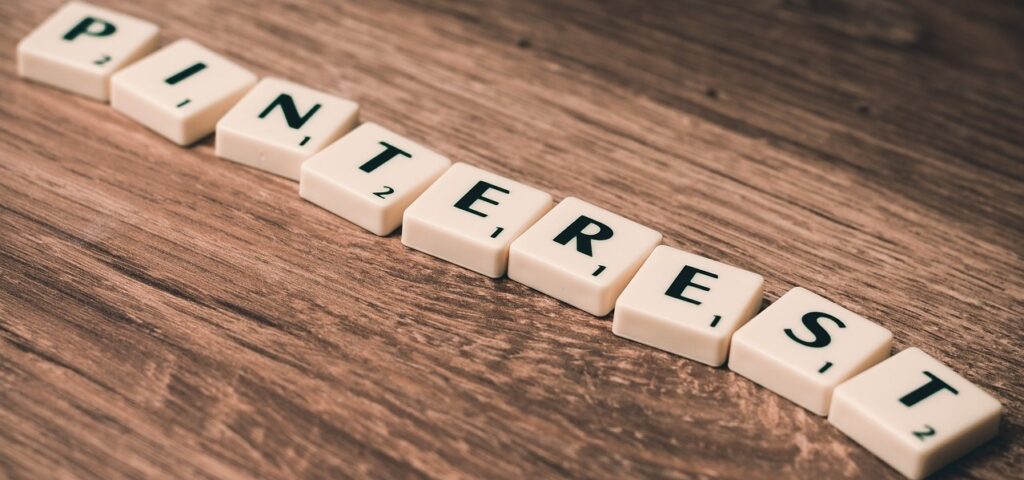Pinterest is a visual discovery platform where users can find inspiration, collect ideas, and share content in an organized manner. To fully understand how Pinterest works, it’s essential to distinguish between its two primary components: Pins and Boards. While both play a crucial role in organizing and sharing content, they serve different functions. In this article, we will break down the difference between Pins and Boards and how you can use them effectively.

What Are Pins?
A Pin is a visual bookmark that users save to their Pinterest accounts. Pins can be images, videos, or product links that lead to external websites. When you find content that interests you on Pinterest or across the web, you can save it as a Pin to revisit later.
Key Features of Pins:
- Visual Content: Pins are primarily images or videos, making Pinterest a highly visual platform.
- Clickable Links: Most Pins include links to blogs, product pages, or other websites, making Pinterest a powerful tool for driving traffic.
- Descriptions & Hashtags: Users can add captions, keywords, and hashtags to make Pins more discoverable.
- Repinning: Users can share Pins from other profiles, helping content spread across the platform.
Types of Pins:
- Standard Pins – Basic images linked to a webpage or saved directly on Pinterest.
- Video Pins – Short video clips providing dynamic content.
- Idea Pins – Multi-page Pins designed for storytelling and step-by-step guides.
- Product Pins – Pins that feature pricing, availability, and purchasing options.
What Are Boards?
A Board is a collection of Pins that users create to organize their saved content based on themes or topics. Boards help users categorize and group Pins so they can find them easily later.
Key Features of Boards:
- Organizational Tool: Boards help users neatly categorize content based on interests.
- Public or Private Options: You can keep Boards public for others to see or set them to private for personal use.
- Collaborative Capabilities: Users can invite others to contribute to group Boards, making it great for team projects or shared interests.
- Sections Within Boards: Pinterest allows users to divide Boards into sections to further refine their organization.
How Pins and Boards Work Together
Pins and Boards complement each other to create a structured content system:
- Users save Pins to Boards to keep similar content in one place.
- A single Board can contain multiple Pins from various sources.
- Users can follow Boards to see new Pins added by other users.
- Businesses use Boards to organize and showcase their products effectively.
Practical Example:
Imagine you’re planning a wedding. You could create a Board called “Wedding Ideas” and save relevant Pins to it, such as wedding dresses, venue inspiration, and DIY decorations. Within that Board, you could create sections like “Floral Arrangements”, “Table Settings”, and “Bridal Hairstyles” to keep everything organized.
Final Thoughts
Understanding the difference between Pins and Boards on Pinterest is essential for effectively using the platform. Pins are the individual visual bookmarks, while Boards act as folders to keep those Pins organized. Whether you’re using Pinterest for personal inspiration or business marketing, mastering the use of Pins and Boards will help you get the most out of this powerful platform.
Would you like to learn more about Pinterest strategies? Let us know in the comments!

